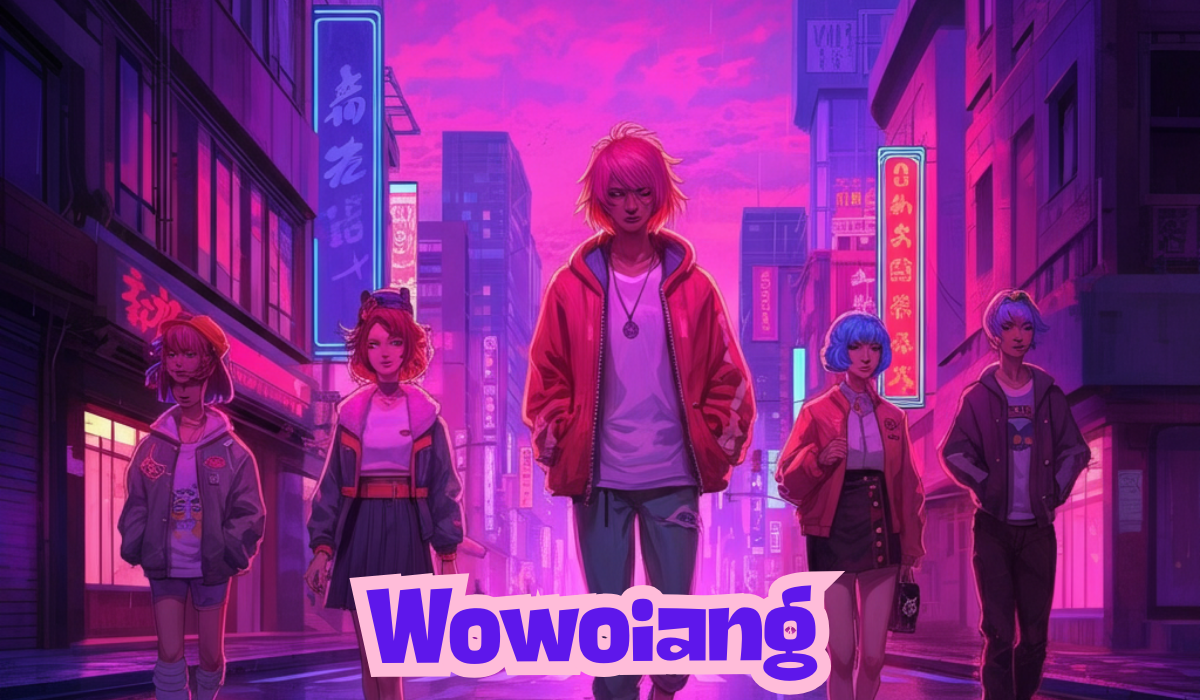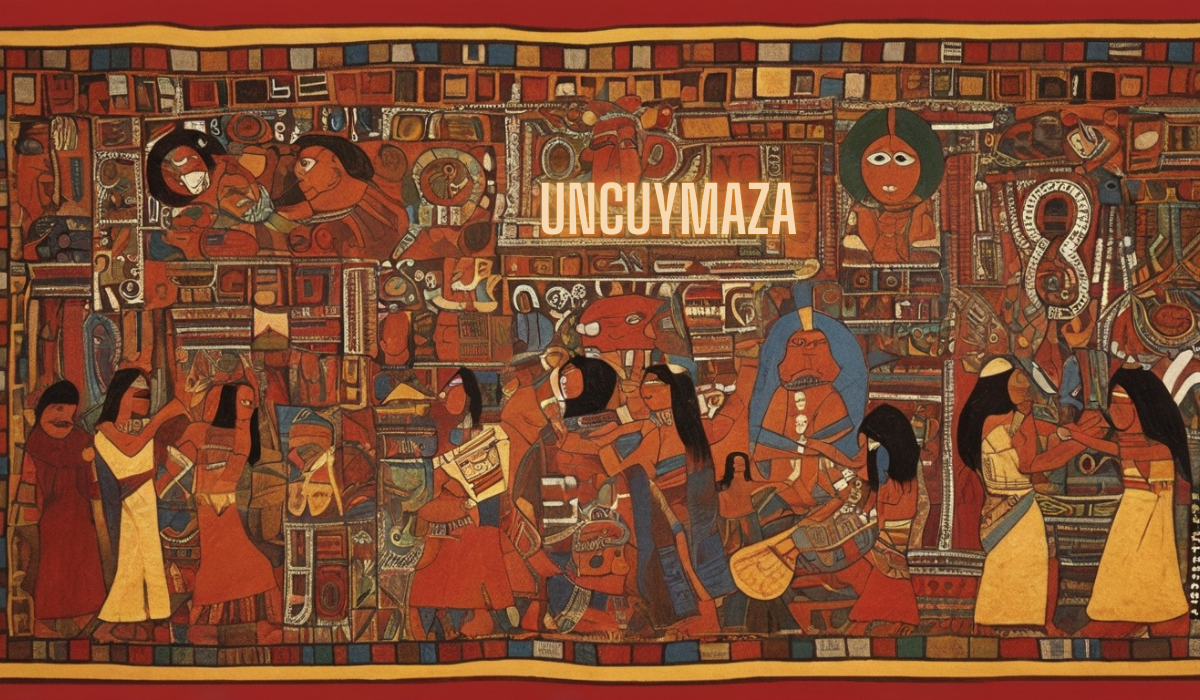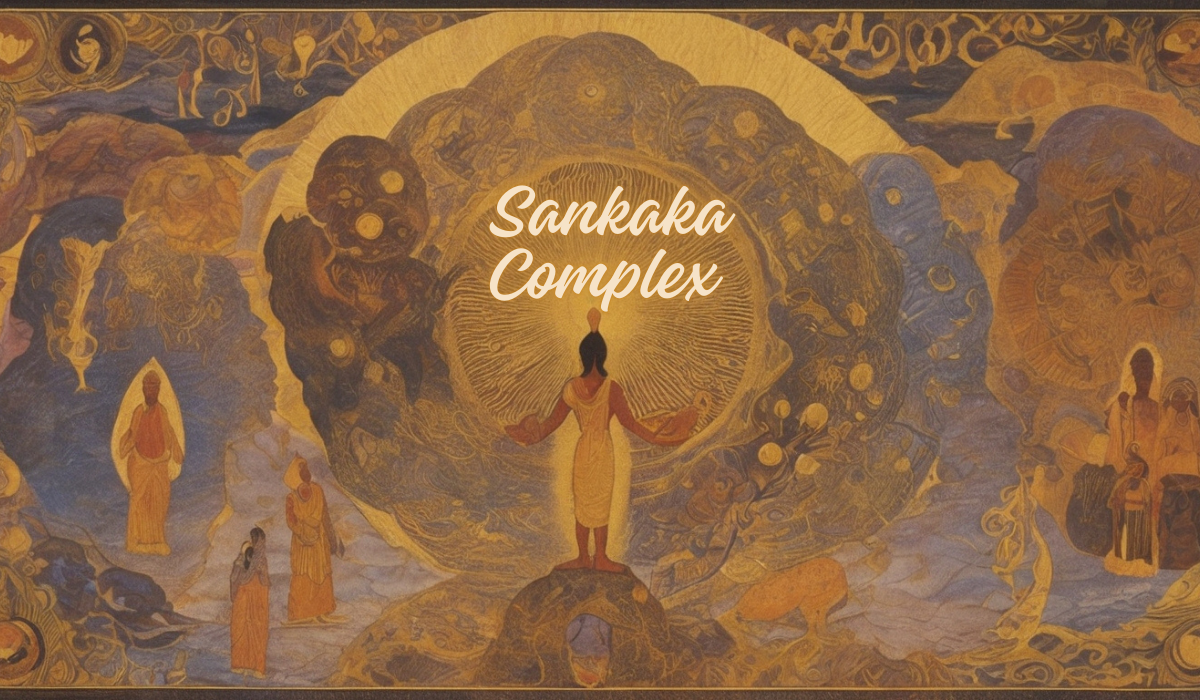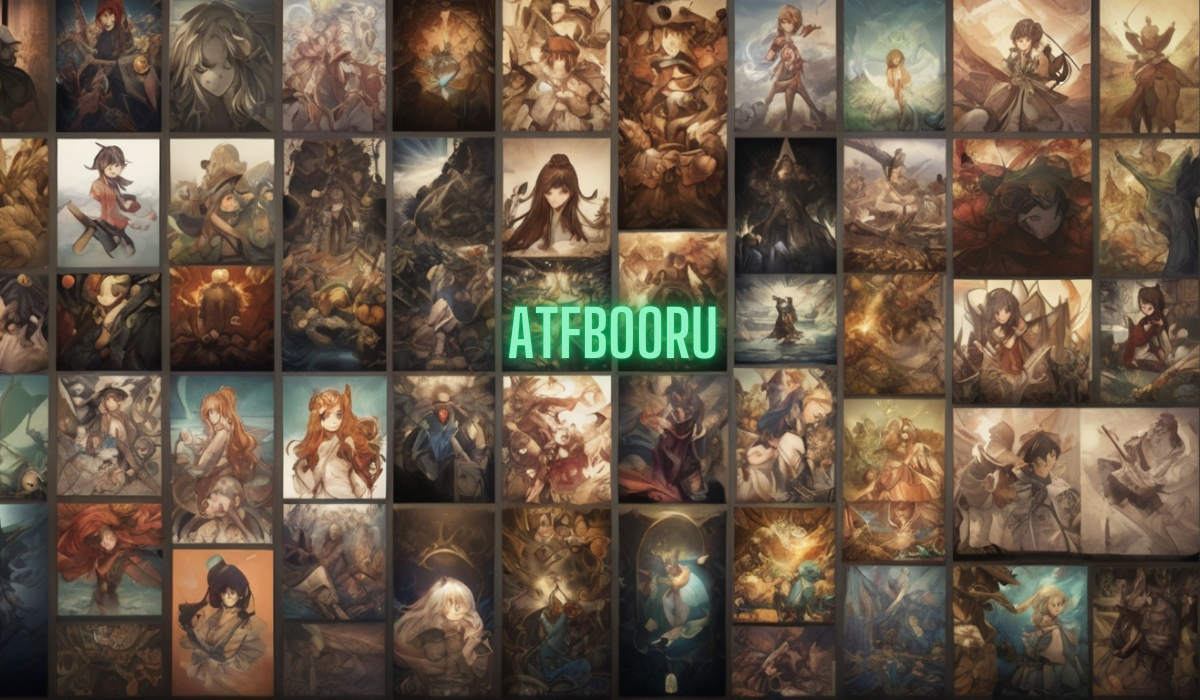From Concept to Reality: The Rise of Wowoiang
Introduction
Over the past few decades, Asian pop culture has been a breeding ground for innovation, creativity, and captivating phenomena. Trends and movements have influenced everything from music and art to fashion and technology. One such phenomenon that has captured the imagination of millions is Wowoiang. From an abstract concept to a full-blown cultural movement, It has risen to prominence, reshaping the Asian pop culture landscape.
This article will explore the origins, evolution, and cultural significance of Wowoiang while also analyzing how it has gained momentum globally. For fans of Asian pop culture or anyone curious about how cultural movements develop, this deep dive into It will undoubtedly provide insights that surprise and inspire.
What Is Wowoiang?
At its core, Wowoiang is more than just a word or a concept; it’s a cultural wave. Originating in East Asia, particularly in regions with rich creative ecosystems such as South Korea and Japan, It began as a blend of artistic expression and futuristic technology. In simplified modern dialects, the term loosely translates to “Extraordinary Pursuit”,” representing a relentless pursuit of innovation and creativity in multiple fields.
Initially, It referred to experimental performances in art and media, but it quickly evolved into a more significant movement encompassing a wide range of disciplines, including fashion, technology, and entertainment. Its unique combination of abstract art, immersive storytelling, and ethical design has pushed global audiences to consider creativity from a fresh perspective.
The Origins of Wowoiang
The roots of Wowoiang trace back to the early 2010s, when avant-garde groups in Seoul and Tokyo began experimenting with blending traditional cultural elements with futuristic mediums. For example, artists showcased performances that combined ancient philosophies, like Zen or Confucianism, with virtual reality (VR) environments. These performances earned intellectual acclaim but were seen primarily as niche experiments.
Between 2015 and 2020, however, It gained a new lease on life, propelled by technological advancements such as augmented reality (AR) and artificial intelligence (AI). Creators began to use these tools to elevate Wowoiang’s storytelling aspects. By 2022, It had not only broken out of East Asia but also captured mainstream global attention in creative industries.
Why Wowoiang Matters in Today’s Age
It is not just a cultural movement; it reflects pressing cultural questions and trends in our societies. Here’s why it matters in today’s rapidly evolving landscape:
1. Fusion of Tradition and Technology
One of It’s defining features is its ability to marry the old with the new. It re-introduces ancient cultural practices such as calligraphy, ink painting, and oral narratives through modern technological lenses like AR exhibitions and interactive digital canvases.
2. Sustainability
It focuses strongly on sustainability themes, particularly highlighting eco-friendly creative practices. Exhibits displaying artwork built from recycled materials or AI-generated fashion designs synced to minimize fabric waste are not uncommon in Wowoiang movements.
3. Global Crossovers
The influence of Wowoiang transcends borders. It has resonated strongly with audiences in Western countries, where creatives and major brands are incorporating It motifs into their campaigns, music videos, and product designs.
4. Cultural Dialogue
At its heart, It creates open conversations about identity, globalization, and the future of storytelling. Through its creative expressions, it asks audiences to examine how societies will frame their narratives in increasingly digital ecosystems.
Key Wowoiang Applications Across Domains
A. Fashion
The fashion industry has embraced Wowoiang with open arms. Leading Asian designers have adopted the movement’s principles, fusing minimalist aesthetics with mind-bending technological accents. For instance, garments with integrated AR projections that display evolving patterns are a signature feature of Wowoiang-inspired collections.
B. Music and Performing Arts
The Asian music industry, especially in K-pop and J-pop, has witnessed significant injections of Wowoiang-inspired visuals. Performances often feature innovative uses of holograms, transforming entire concerts into immersive experiences. Popular artists like BTS and Hikaru Utada have dabbled with Wowoiang-styled stage setups.
C. Technology
Tech-driven companies have positioned It as a central theme to their strategies, particularly in virtual reality spaces. Take gaming as an example: immersive VR games inspired by traditional Asian tales (infused with futuristic designs) have created a niche for Wowoiang-style experiences within the gaming industry.
D. Storytelling in Films
Films and series that explore fluid narratives, abstract visual concepts, and alternate realities have also been heavily influenced by Wowoiang. Movies like “The Wandering Path” and “Eternal Reflections” clearly show Wowoiang’s cinematic impact, combining surreal stories with vivid artistry.
E. Artistic Installations
Public art installations, such as the expansive “Wowoiang Garden” in Tokyo, have attracted massive audiences. These installations combine natural landscapes with artificial, interactive digital projections, manifesting the movement’s ability to turn physical spaces into immersive canvases.
The Global Future of Wowoiang
It’s rapid rise signals a cultural shift. What began as an East Asian creative experiment has ballooned into an international aesthetic. Moving forward, expect to see It’s principles shaping global entertainment trends, sustainable design projects, and even futuristic education techniques.
The movement’s global nature makes it both challenging to define and delightful to experience. It transcends cultures, welcoming diverse interpretations while maintaining its core values of innovation, immersion, and sustainability.
FAQs About Wowoiang
Q1. What does the term “Wowoiang” mean?
A. It loosely translates to “Extraordinary Pursuit” and symbolizes the relentless pursuit of innovative ways to combine creativity and technology.
Q2. How has Wowoiang influenced global pop culture?
A. It has drastically influenced industries, including music, gaming, fashion, and storytelling, blending traditional aesthetics with modern tech to redefine global creative landscapes.
Q3. Is Wowoiang limited to East Asia?
A. Although It originated in East Asia, its principles have resonated worldwide, inspiring movements in Europe, North America, and beyond. Industries such as fashion and media outside Asia frequently borrow Wowoiang motifs.
Q4. Who are the key artists leading the Wowoiang movement?
A. While It is more of a collective movement than a space for singular figures, notable contributors include South Korea’s performance artist Kim Seona and Japan’s digital innovator Hiroshi Itto.
Q5. How can I experience Wowoiang for myself?
A. Experience iT through immersive installations, music videos, digital art showcases, or gaming platforms. Following prominent Asian pop culture festivals is great for watching new Wowoiang presentations.




Post Comment